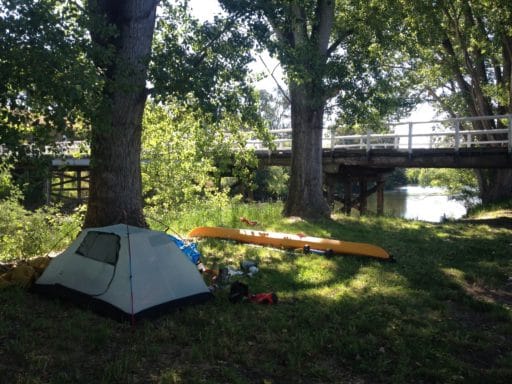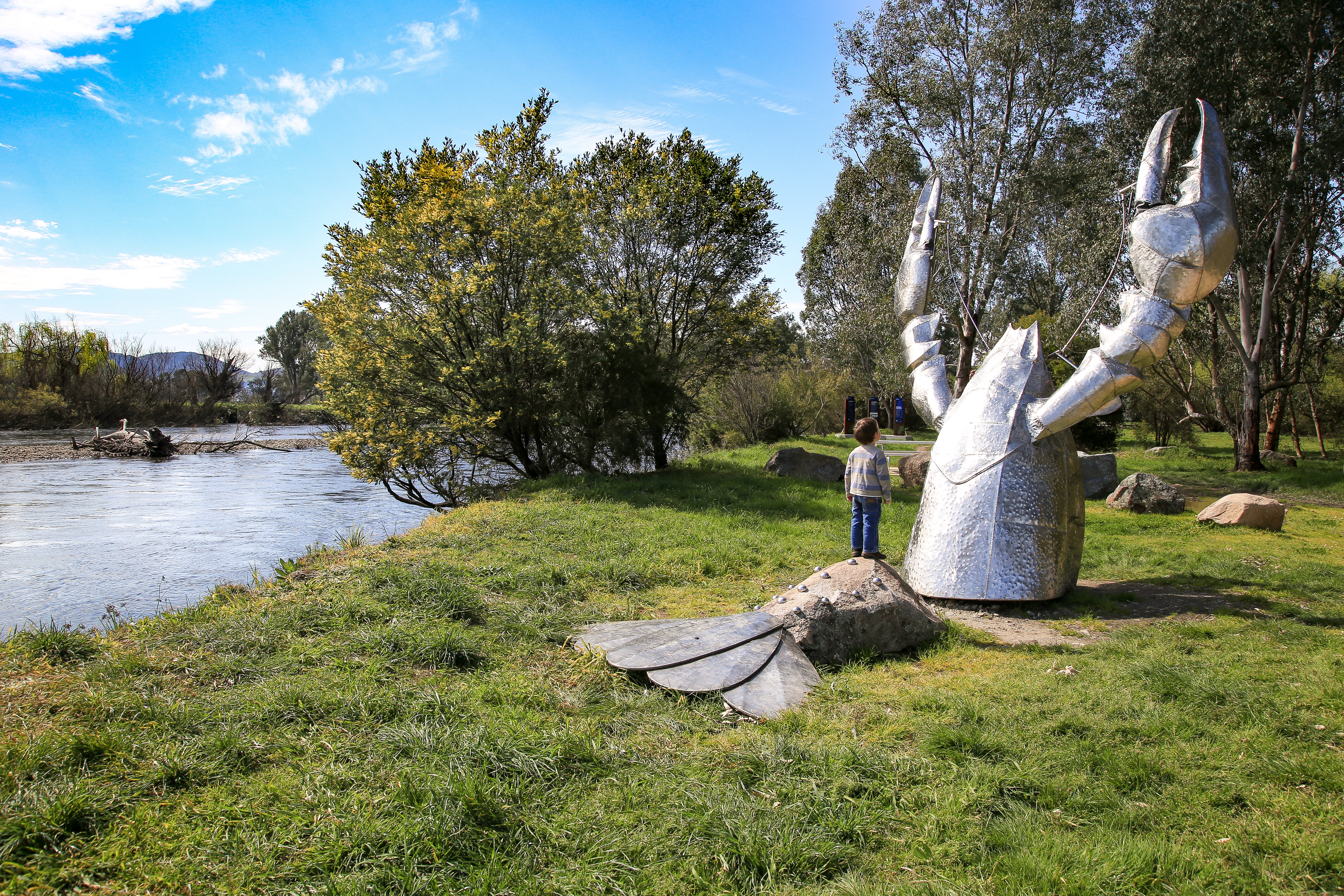The Great River Road
BRINGENBRONG BRIDGE

The Murray River officially rises at Indi Spring, located at the base of Forest Hill near Cowombat Flat. In 1830, explorer Charles Sturt named the river after the British Secretary of the Colonies, Sir George Murray. Historically, the indigenous people had different names for different sections of this waterway. Upstream of Bringenbrong is known as the Indi River. ‘Indi’ is believed to be derived from an indigenous word for ‘you’.
THE NOWANG (BRINGENBRONG) FORD AND MOUNT KOSCIUSZKO
In 1840, Polish explorer Count Paul Strzelecki began an expedition through the Upper Murray with Sydney politician James McArthur, James Riley (McArthur’s protégé) and Indigenous guides Charlie Tara and Jacky. The group spent its first night outdoors beside a shallow river crossing known to local indigenous people as Nowang Ford, located near the current Bringenbrong bridge.
They followed the Swampy Plain River to the Geehi Walls area before ascending the steep terrain of Hannel’s Spur and the Abbott Range. Once they reached the Mount Townsend summit, Strzelecki saw a mountain peak to the south. He named it Mount Kosciuszko after the Polish national hero, Tadeusz Kosciuszko. Mount Kosciuszko is Australia’s tallest mountain, standing at 2,228 metres (7,310 feet) above sea level.
MURRAY CRAYFISH (Euastacus armatus)
The Murray Crayfish is the second-largest freshwater crayfish species in the world. Distribution: middle and upper reachesof the Murray and Murrumbidgee River Systems Habitat: rocky bottoms of fast-running waterways in areas with riparian vegetation where the species feeds on decaying aquatic plants and animals
Breeding age: around 6 to 9 years of age
Weight: up to 3kg
Indigenous significance
Local indigenous people enjoyed the Murray Cray meat as an edible delicacy. The women were also known to craft delicate necklaces from the Murray Cray’s leg segments. It was believed that the species was a key indicator of the river’s health.

